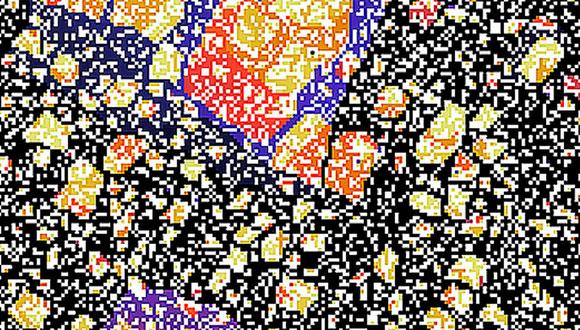Biological & Soft Matter Seminar: Jamming and Geometry in Epithelial Biology
Dr. Lior Atia, Harvard University, USA
Abstract:
As an injury heals, an embryo develops, or a carcinoma spreads, epithelial cells systematically change their shape. In each of these processes cell shape is studied extensively whereas variability of shape from cell-to-cell is regarded most often as biological noise. But where do cell shape and its variability come from? In this talk I will show that cell shape and shape variability are mutually constrained through a relationship that is purely geometrical. That relationship is shown to govern processes as diverse as maturation of the pseudostratified bronchial epithelial layer cultured from non-asthmatic or asthmatic donors, and formation of the ventral furrow in the Drosophila embryo. Across these and other epithelial systems, shape variability collapses to a family of distributions that is common to all. That distribution, in turn, is accounted for by a mechanistic theory of cell-cell interaction showing that cell shape becomes progressively less elongated and less variable as the layer becomes progressively more jammed and solid-like. These findings suggest that, in diverse multicellular organisms, jamming behavior sets overriding geometrical constraints. Such constraints along with the well-recognized role of cellular geometry as a fundamental regulator of cell behavior, may provide the missing physical picture of cancer invasion and growth. This perspective points to the hypothesis that the malignant primary tumor is unjammed and fluid-like, and thus, through the agency of elongated cell shapes, may shed clusters of metastasizing cells and retain high mitotic capacity even in dense cell packing.


